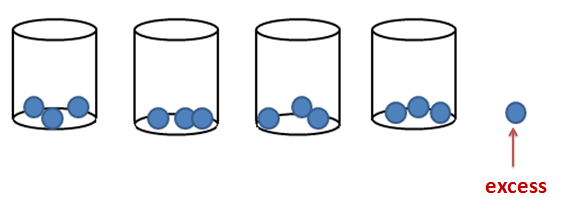Google’s 2-step verification: An excellent added security
A week ago, I enrolled in Google Account’s 2-step verification, and I think it’s a very good security improvement. The 2-step verification protects users from password compromise and identity theft.
If you enroll in Google’s 2-step verification, you will be asked to enter your mobile number. Each time you login to a computer, you are required to enter a verification code sent to your phone. That means, that if somebody wants to steal or hack your account, he must have your login name, your password, and your phone too! You can also have a back-up mobile number which will be used in case you lost your mobile phone. To save you the trouble of entering a code every login, you may allow Google to remember your computer for 30 days.
Google also allows you to print verification codes, each of which can be used once, in case you don’t have access to both mobile phones. Once you run out of codes, you can login to your account and generate more.
For more information about the 2-step verification, click here.
